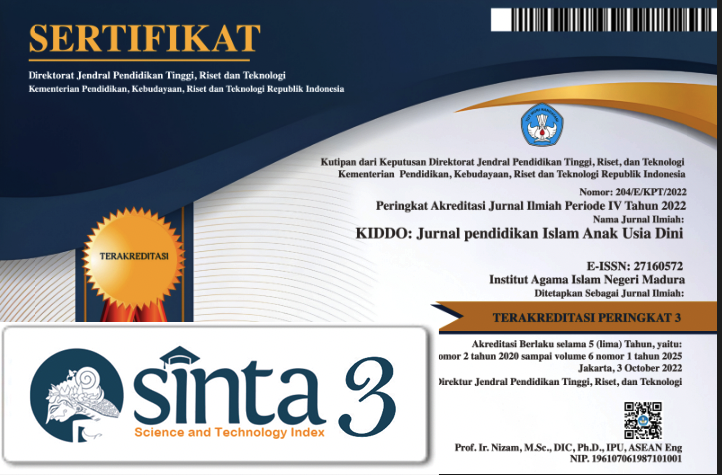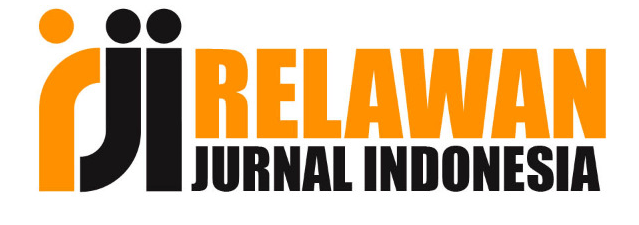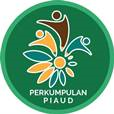Konsep Kurikulum Ramah Anak di Lembaga Pendidikan Anak Uisa Dini
 Abstract views: 82
,
Abstract views: 82
,
 PDF downloads: 61
PDF downloads: 61
Abstract
Implementing a child-friendly curriculum in PAUD (Early Childhood Education) institutions is an important approach to ensure children's learning experiences are not only academically effective, but also pay attention to their holistic development. This curriculum emphasizes play as a key element, allowing children to learn naturally and joyfully while developing social, cognitive and motor skills. The importance of a differentiated approach is also emphasized, ensuring that each child receives support according to their needs. The integration of moral values and character as well as the wise use of technology are also part of this curriculum. Collaboration between PAUD institutions, teachers, parents and communities is important to create a supportive learning environment. With holistic, integrated and sustainable steps, implementing a child-friendly curriculum can provide a meaningful learning experience and support children's overall development.
Downloads
References
Harfiani, R. (2020). Pembelajaran Pendidikan Agama Islam Inklusif Pada Anak Usia Dini (Studi Kasus: RA. An-Nahl, Jakarta). Universitas Muhammadiyah Malang.
Jayanti, R. A. D., & others. (2023). Pendidikan Akhlak Melalui Program Sekolah Ramah Anak Di MIN 2 Mojokerto. Arus Jurnal Psikologi Dan Pendidikan, 2(3), 307–319.
Kinanti, N. A., & Zulkarnaen, Z. (2024). Optimalisasi Pembelajaran Baca Tulis melalui Sentra Persiapan pada Anak Usia 4-5 Tahun. Murhum: Jurnal Pendidikan Anak Usia Dini, 5(1), 74–86.
Kurniasih, E. S., Priyanti, N., & others. (2023). Pengaruh Pendekatan Pembelajaran Diferensiasi Terhadap Kemampuan Literasi Baca, Tulis Dan Numerasi Pada Anak Usia Dini. Jurnal Ilmiah Potensia, 8(2), 398–498.
Mulyadi, S., & Kresnawaty, A. (2020). Manajemen pembelajaran inklusi pada anak usia dini. Ksatria Siliwangi.
Puspitaningrum, D., & Indrawati, T. (2023). Desain Model Pembelajaran Bahasa Anak Usia Dini Berbasis Literasi Humanis (Early Childhood Language Learning Design Based on Humanist Literacy). Jurnal Bahasa, Sastra, Dan Pembelajarannya, 13(2), 362–375.
Rahmi, N., Armanila, A., Sari, R. Y., & Simanjuntak, S. S. (2023). Peran Kepala Sekolah Dalam Meningkatkan Efektivitas Administrasi Pendidikan Anak Usia Dini. Neraca: Jurnal Ekonomi, Manajemen Dan Akuntansi, 1(3), 237–245.
Rantina, M., & Hasmalena, M. P. (2023). Buku Ajar Kurikulum Pendidikan Anak Usia Dini. Bening Media Publishing.
Rodiyah, S., Hayadi, B. H., Yusuf, F. A., Pahliana, S., & Ardhianto, R. A. (2024). Kajian Administrasi Pendidikan Di Sekolah Dasar. Technical and Vocational Education International Journal (TAVEIJ), 4(1), 331341.
Rohmawati, O., & Watini, S. (2022). Pemanfaatan TV sekolah sebagai media pembelajaran dan pendidikan karakter anak usia dini. Jurnal Pelita PAUD, 6(2), 196–207.
Suryana, D. (2016). Pendidikan Anak Usia Dini Stimulasi Dan Aspek Perkembangan Anak. KENCANA.
Susanto, A. (2021). Pendidikan anak usia dini: Konsep dan teori. Bumi Aksara.
Turnip, R. S. (2023). Peningkatan Literasi Digital di Kalangan Pelajar: Pengenalan dan Praktik Penggunaan Teknologi Pendidikan. Jurnal Review Pendidikan Dan Pengajaran (JRPP), 6(4), 2302–2310.
Yus, A. (2011). Model pendidikan anak usia dini. Kencana.
Copyright (c) 2024 Agusniada Lawolo

This work is licensed under a Creative Commons Attribution 4.0 International License.
-
The journal operates an Open Access policy under a Creative Commons 4.0 International license. The terms of the license are:
Share— copy and redistribute the material in any medium or format
Adapt— remix, transform, and build upon the material for any purpose, even commercially.
1. Authors retain copyright and grant the journal right of first publication with the work simultaneously licensed under a Creative Commons License.that allows others to share the work with an acknowledgement of the work’s authorship and initial publication in this journal
2. Authors are permitted and encouraged to post their work online (e.g., in institutional repositories or on their website) prior to and during the submission process, as it can lead to productive exchanges, as well as earlier and greater citation of published work (See The Effect of Open Access).
Jurnal Kiddo is licensed under a Creative Commons
n Access).














